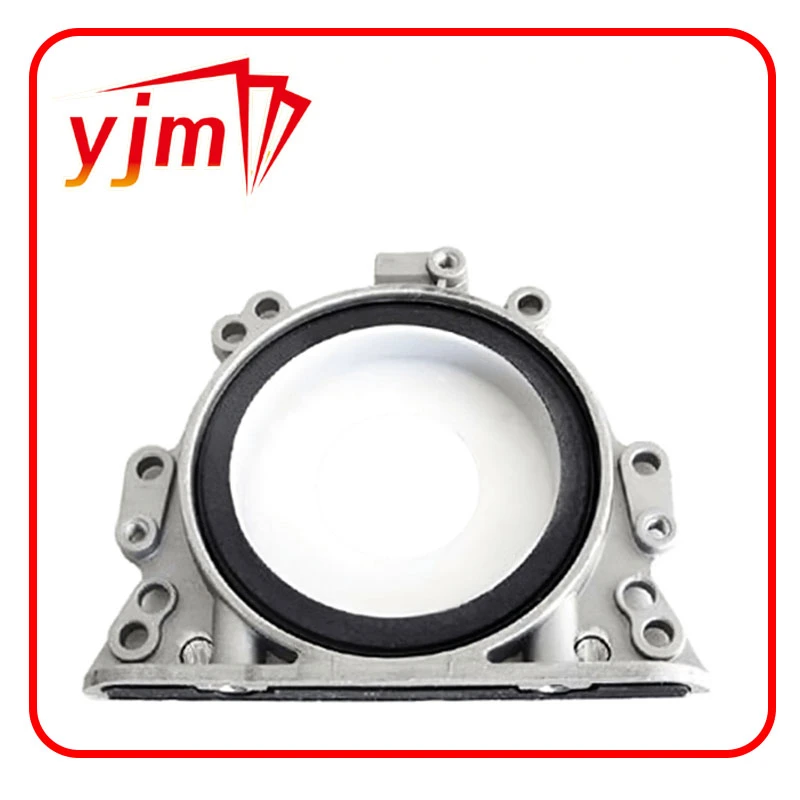Durable Rubber Sump Plug Washer for Efficient Leak Prevention and Performance Enhancement
The Importance of Rubber Sump Plug Washers in Automotive Maintenance
In the realm of automotive maintenance, attention to detail can make the difference between a well-functioning vehicle and one that has frequent issues. One of the often-overlooked components that plays a crucial role in ensuring the integrity of your oil system is the rubber sump plug washer. Although it may seem like a small and insignificant part, this washer is vital for preventing leaks and maintaining the overall health of an engine.
What is a Sump Plug Washer?
A sump plug washer is a small ring typically made of rubber or sometimes metal that is placed beneath the sump plug. The sump plug itself is a component found at the bottom of the engine's oil pan, allowing for the draining of old oil during changes. The purpose of the washer is to create a tight seal when the sump plug is tightened, preventing oil from leaking out of the pan.
Why Choose Rubber?
Rubber is the preferred material for sump plug washers for several reasons. Firstly, rubber provides excellent sealing capabilities. Its inherent flexibility allows it to compress and conform to the surface of the sump plug and the oil pan. This adaptability ensures that even if there are slight imperfections or variances in the surfaces, the rubber washer can form a tight seal.
Secondly, rubber is resistant to oil degradation. Engine oil contains various additives and detergents designed to keep engines running smoothly, but many of these can be harsh on materials over time. Rubber washers are designed to withstand these conditions, ensuring longevity and reliability.
Preventing Leaks The Mechanics of the Washer
The primary function of the rubber sump plug washer is to prevent leaks. An engine that leaks oil not only creates a mess but can also lead to serious damage over time. Low oil levels can cause increased friction, overheating, and ultimately engine failure. By ensuring that the sump plug is properly sealed with a quality rubber washer, vehicle owners can significantly reduce the risk of leaks.
rubber sump plug washer

When servicing your vehicle, it is crucial to replace the sump plug washer every time the oil is changed. This is because the washer compresses upon tightening, and over time, it can become brittle, lose its elasticity, or develop cracks. A worn-out washer can compromise the seal, leading to oil leaks that can damage other engine components.
Installation and Maintenance Tips
Installing a rubber sump plug washer is a straightforward process, but it requires attention to detail
. Here are a few tips for ensuring proper installation1. Clean the Surface Before installing the new washer, make sure the area around the sump plug is clean. Any debris can compromise the seal.
2. Inspect the Plug Check the sump plug for any signs of wear or damage. If the plug itself is not in good condition, it may need to be replaced.
3. Tightening When re-installing the sump plug, tighten it to the manufacturer's specifications. Over-tightening can damage the washer, while under-tightening can lead to leaks.
4. Regular Checks Periodically check for signs of oil leaking from the sump plug. Early detection can prevent more significant issues down the line.
Conclusion
In summary, the rubber sump plug washer may be a small component, but it is vital for the efficient running of any vehicle. By ensuring that you always replace this washer during oil changes and by selecting a high-quality rubber washer, you can significantly enhance the longevity of your engine and prevent costly repairs in the future. Whether you are a DIY enthusiast or a professional mechanic, never underestimate the importance of this little rubber ring in your automotive maintenance routine. Good practices can lead to better performance and a longer lifespan for your engine.
-
Understanding the Front Main Engine Seal: Purpose, Maintenance, and Installation
News Jul.29,2025
-
Understanding O-Rings and Seal Rings: Types, Applications, and Custom Solutions
News Jul.29,2025
-
Understanding Crankshaft Oil Seals: Rear Seals, Pulley Seals, and Their Role in Engine Integrity
News Jul.29,2025
-
The Importance of Front and Rear Crankshaft Seals in Engine Performance and Oil Management
News Jul.29,2025
-
Crank Oil Seals: Functions, Types, and Cost Considerations in Engine Maintenance
News Jul.29,2025
-
A Comprehensive Guide to O-Rings and Seals: Types, Materials, and Global Applications
News Jul.29,2025
-
Mastering Diesel and Performance Engine Maintenance: A Guide to Critical Oil Gaskets
News Jul.28,2025
Products categories















